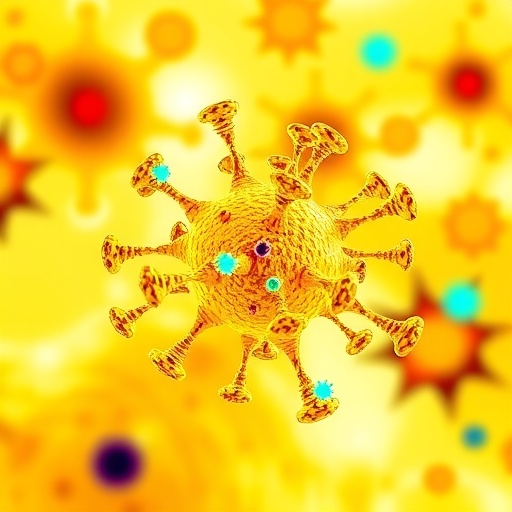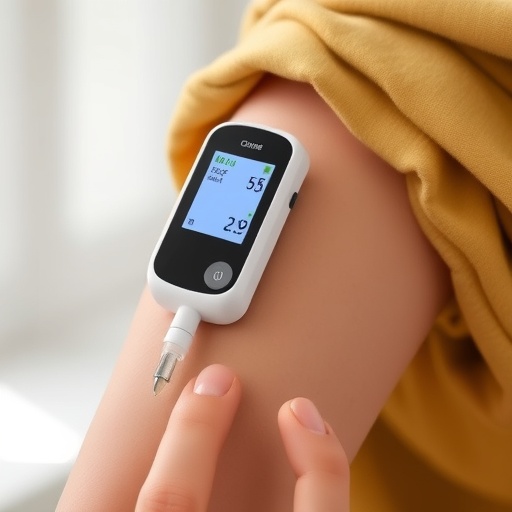The University of Manchester is part of a new consortium which will develop new CT and MRI scan techniques and biomarkers to look at the accumulation of compounds in the body caused by drugs and the harm they may cause — potentially improving patients' safety and the development of new treatments.
The TRISTAN project, (Translational Imaging in Drug Safety Assessment) is a public-private partnership supported by the Innovative Medicines Initiative involving organisations across Europe. The University of Manchester is a major part of this, receiving funding to develop scanning techniques for so-called imaging biomarkers for drug-induced liver and lung disease.
The researchers believe that by refining these techniques to adapt scans for specific compounds they can spot the early signs of disease, tailor individual treatments and identify problems with new drugs early in their development — potentially saving time and money.
One part of the package will be to develop a trial in rheumatology and cancer patients who have drug induced lung toxicity. By scanning them, the researchers hope to refine techniques to spot this early on and identify which patients are most susceptible.
Dr Sarah Skeoch, a National Institute for Health Research Clinical Lecturer in Rheumatology, who is leading this part of the research in Manchester, said: "Some drugs can cause inflammation and damage in the lungs. We hope to develop scans that can identify early lung changes so that quick action can be taken to minimise harm to the patient. The scans may also help identify drugs which are at high risk of causing lung problems so they are not developed further."
Another part of the project will investigate drug interactions and drug-induced liver disease. Specifically the researchers will look for the presence of imaging biomarker gadoxetate in liver cells. This will enable them to develop predictive models to help with the development of new drugs with less safety concerns.
Dr Aleksandra Galetin, principal investigator and Reader in the School of Health Sciences/ Pharmacy, is leading this section of the project. She said: "Quite often drugs are far down the line of development before potential harmful side-effects are discovered. Use of imaging biomarkers and predictive models could help identify a drug that is not a good candidate much earlier, saving a lot of money and research time."
Overall the five-year, European-wide project is budgeted at €24m. TRISTAN is led by Bayer and coordinated by the European Organisation for Research and Treatment of Cancer (EORTC). The University of Manchester will receive around £1.1m. Partners in this part of the work will be the University of Leeds, University of Sheffield/Sheffield Teaching Hospitals NHS Trust.
It will also involve The University of Manchester spin-out company Bioxydyn, a specialist provider of ground-breaking MRI applications and imaging services.
Professor Ian Bruce, a co-investigator and Director of the NIHR Manchester Biomedical Research Centre (BRC) said: "Researchers across Greater Manchester are working towards a more personalised approach that matches individuals to the treatment most likely to work for them. This grant from the European Commission will complement the funding for our new BRC and support research into the use of advanced imaging biomarkers to better predict targeting of treatment and reduce the risk of side effects."
###
Media Contact
Jamie Brown
[email protected]
44-161-275-8383
@UoMNews
http://www.manchester.ac.uk
############
Story Source: Materials provided by Scienmag





